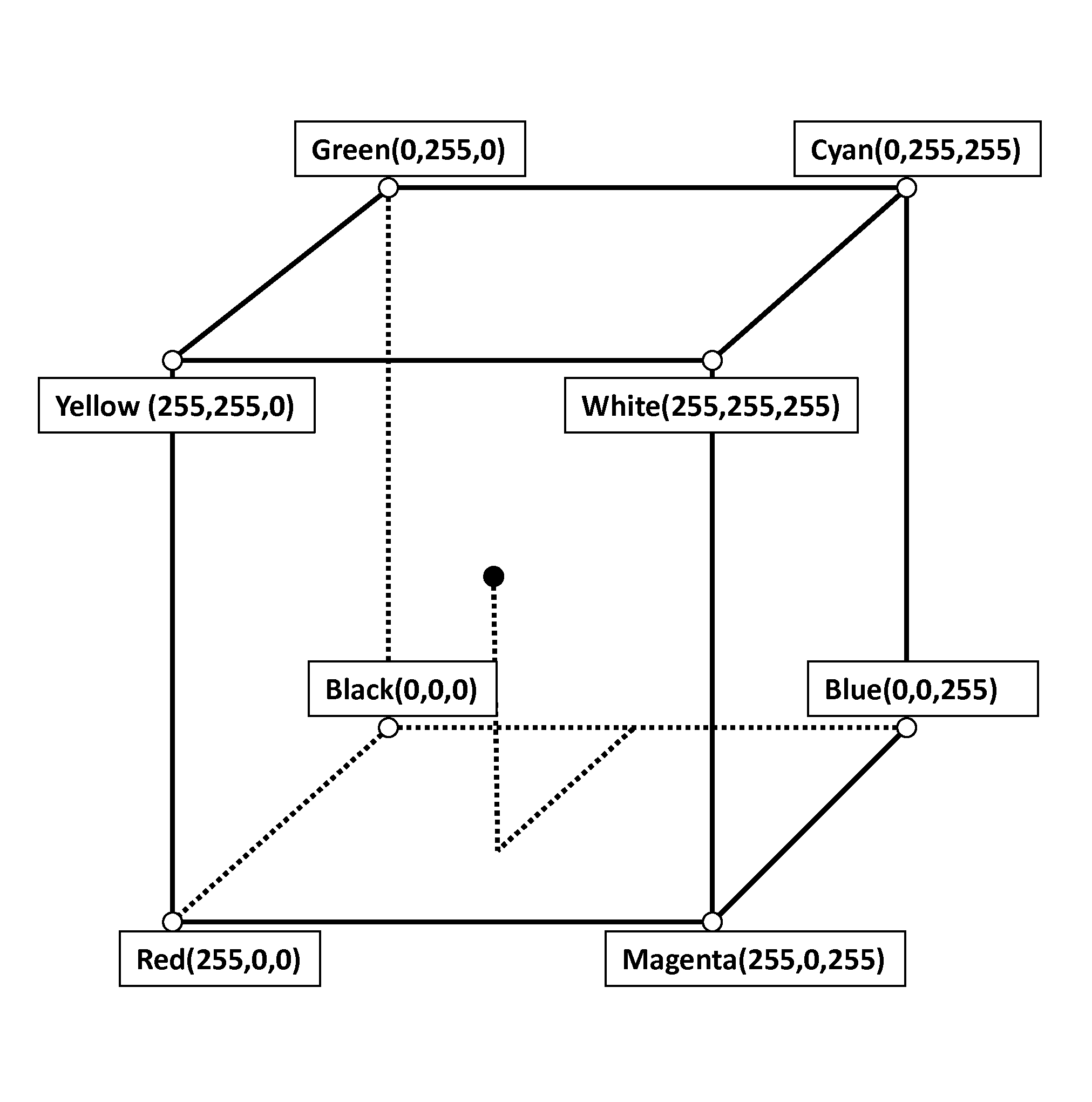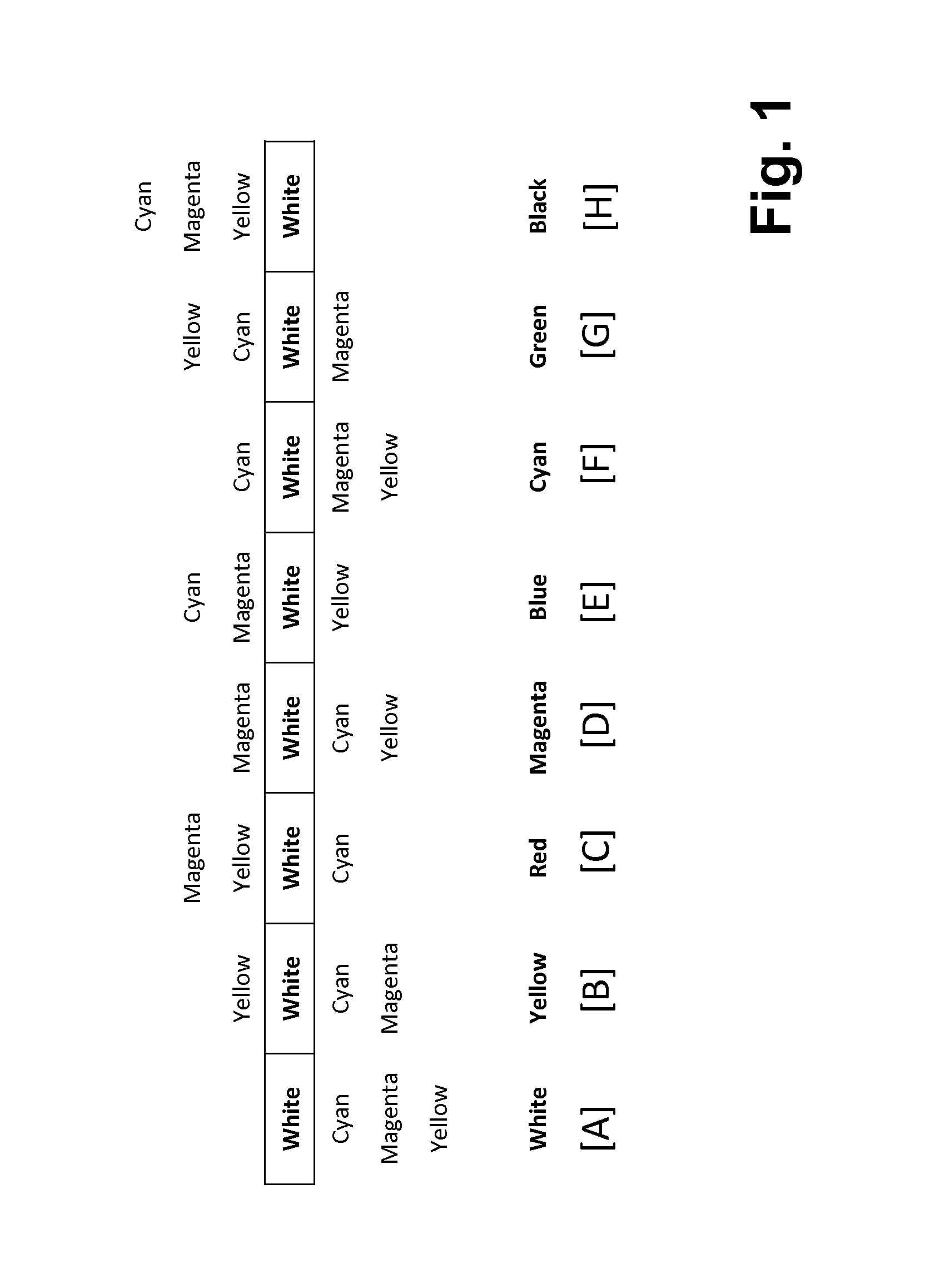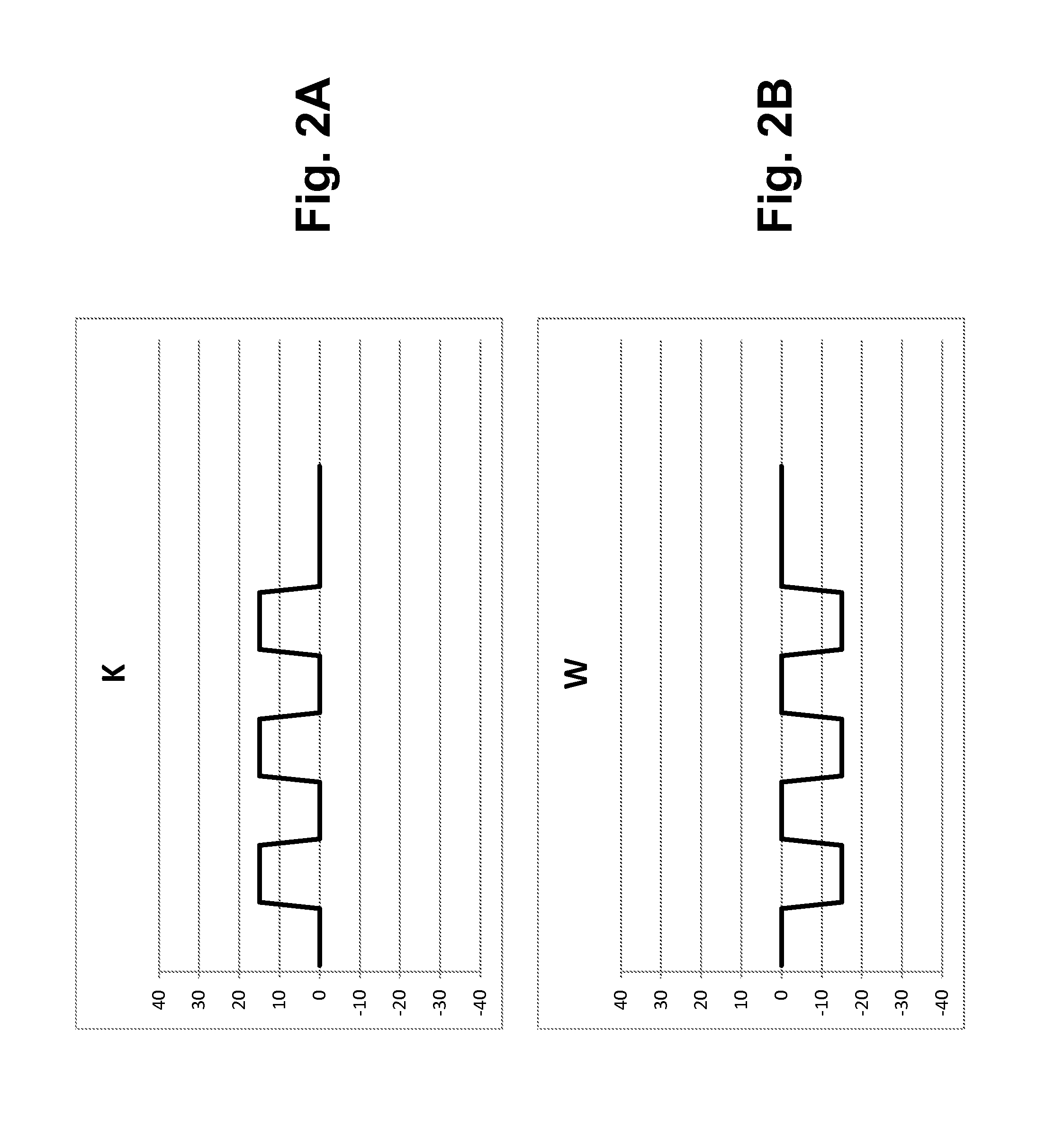Color sets for low resolution dithering in reflective color displays
a color display and color set technology, applied in the field of color sets for low resolution dithering in reflective color displays, can solve the problems of preventing their widespread use, inadequate service life of these displays, gas-based electrophoretic media being susceptible to the same types of problems, etc., and achieves the effects of reducing the spatial resolution of the image rendered on the display, increasing color depth, and reducing the dithering
- Summary
- Abstract
- Description
- Claims
- Application Information
AI Technical Summary
Benefits of technology
Problems solved by technology
Method used
Image
Examples
Embodiment Construction
[0053]One type of reflective display is an electrophoretic display containing an electrophoretic medium. An electrophoretic medium comprises a fluid, a first, light scattering particle (typically white) and second, third and fourth particles having three subtractive primary colors (typically magenta, cyan and yellow); at least two of these colored particles being non-light scattering. The first and second particles bear polymer coatings such that the electric field required to separate an aggregate formed by the third and the fourth particles is greater than that required to separate an aggregate formed from any other two types of particles. Methods for driving the medium to produce white (“W”), black (“K”), magenta (“M”), cyan (“C”), yellow (“Y”), red (“R”), green (“G”) and blue (“B”) colors are also described.
[0054]FIG. 1 of the accompanying drawings is a schematic cross-section showing the positions of the various particles in an electrophoretic medium of the present invention wh...
PUM
| Property | Measurement | Unit |
|---|---|---|
| OD | aaaaa | aaaaa |
| OD | aaaaa | aaaaa |
| optical density | aaaaa | aaaaa |
Abstract
Description
Claims
Application Information
 Login to View More
Login to View More - R&D
- Intellectual Property
- Life Sciences
- Materials
- Tech Scout
- Unparalleled Data Quality
- Higher Quality Content
- 60% Fewer Hallucinations
Browse by: Latest US Patents, China's latest patents, Technical Efficacy Thesaurus, Application Domain, Technology Topic, Popular Technical Reports.
© 2025 PatSnap. All rights reserved.Legal|Privacy policy|Modern Slavery Act Transparency Statement|Sitemap|About US| Contact US: help@patsnap.com



